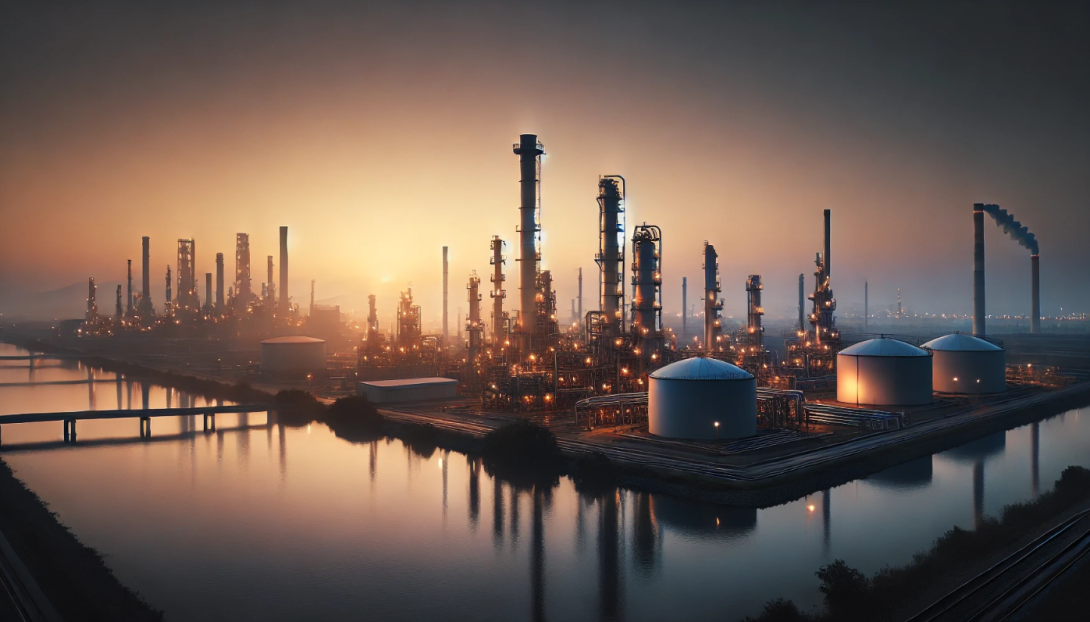Ask Greg McMillan

We ask Greg:
What role do you see dynamic simulation playing in the future of developing the best multiphase reaction completion control?
Greg's Response:
For both batch and continuous reactors, reaction completion control seeks to provide a complete conversion of all reactants and consequently no excess accumulation of a reactant in a particular phase. If the reactants are in different phases and the product is a single phase, inventory control can be used for reaction completion control. The product must be a gas, liquid, or solids with no recycle streams from downstream or co-products in the other phases.
Using these concepts one can determine whether inventory control provides completion control. For a liquid product, excess gas reactant is inherently prevented by pressure control for both batch and continuous processes. For a gas product, excess liquid reactant is inherently prevented by level control for continuous processes and possibly for solids control via phase separator (e.g., recirculation line hydroclone) for all processes.
For a liquid product, a pressure controller provides continuous completion control by increasing gas feed for a decrease in pressure from a deficiency of gas reactant and by decreasing gas feed for an increase in pressure from an excess of gas reactant. The gas phase reaction is normally fast enough for the gas reactant to be totally consumed in the reaction so that only the inerts are left in the overhead vapor space. An off-gas purge flow prevents the accumulation of inerts. A level controller maintains the liquid material balance by manipulating the liquid product discharge flow.
For a gas product, a level controller provides continuous completion control by increasing liquid feed for a decrease in level for a deficiency of liquid reactant and decreasing liquid feed for an increase in level from an excess of liquid reactant. A purge flow from the bottom prevents the accumulation of inerts in the liquid phase.
The residence time control by the level loop shown for a liquid single-phase reactor could help maintain the best residence time in the gas phase and besides the liquid phase by keeping the bubble rise time constant.
A dynamic simulation that includes all the phases, process time constants, mixing delays, measurement and valve 5Rs, and all thermal time constants is critical for detailing and tuning the best control strategy.
For much more knowledge, see the ISA book Advances in Reactor Measurement and Control (use promo code ISAGM10 for a 10% discount on Greg’s ISA books).
Top Ten Mistakes made in Multiphase Reactor Composition Control
- Use of impulse lines instead of direct mounting for pressure transmitter.
- Not minimizing pressure transmitter span to operating pressure range.
- Not using non contacting radar that would provide exceptionally precise level measurement.
- Not maximizing pressure controller proportional action.
- Not minimizing pressure controller reset action.
- Not maximizing level controller proportional action.
- Not minimizing level controller reset action.
- Not sustaining an adequate bottoms purge for gas product.
- Not sustaining an adequate off-gas purge for liquid product.
- Not using resident time control previously detailed for liquid single phase reactor.
